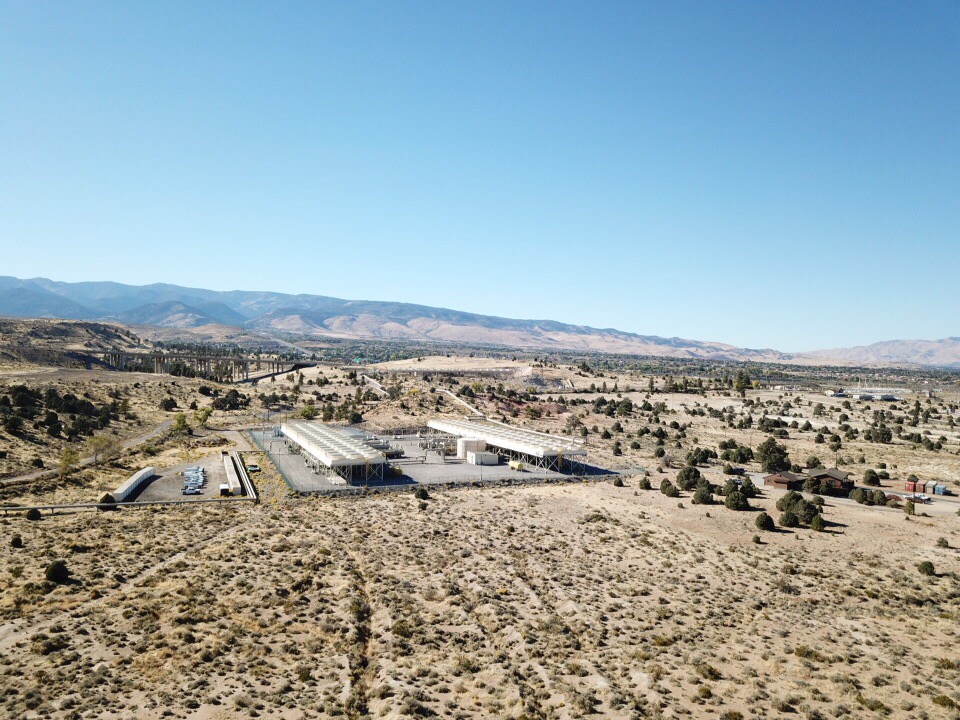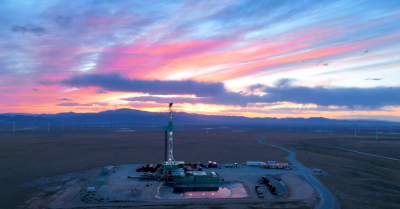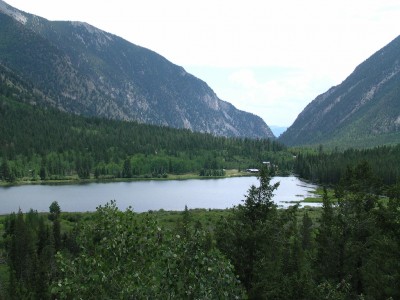New Geothermal Energy Opportunities (GEO) Act introduced at U.S. Senate
U.S. Senators have introduced piece of geothermal legislation that aims to push for growth of geothermal energy by developing stronger public-private partnerships, reducing barriers to leasing public land for geothermal energy use where certain energy extraction activities are already permitted.
Following the recent U.S. Senate Committee on Energy and Natural Resources hearing, U.S. Senator for the State of Nevada, Cortez Masto hailed the use of geothermal energy and discussed the benefits of the GEO Act.
She introduced the Geothermal Energy Opportunities (GEO) Act with Senator Ron Wyden (D-Ore.). The GEO Act promotes the growth of geothermal energy by developing stronger public-private partnerships, reducing barriers to leasing public land for geothermal energy use where certain energy extraction activities are already permitted, and promoting the direct development and deployment of geothermal heat pump technologies among large-scale facilities and buildings.
“Nevada is a leader in the production of renewable energy, and geothermal technology is an essential part of that clean energy future,” said Senator Cortez Masto. “This important legislation makes sure the federal government is on notice to prioritize this vital resource that can power our communities without polluting our planet. Right in Reno, Nevada, we have renewable energy leaders like Ormat Technologies harnessing the innovative technology that powers our future – which is why I’m introducing legislation that gives these companies the opportunity to grow and thrive without the federal government standing in the way.”
“Climate change is here, it’s happening now. America must invest in producing renewable energy if we’re going to truly kick our carbon habit,” said Senator Wyden. “Encouraging innovation to fully tap the potential of geothermal energy is part of our path to a clean energy future. Oregon has one of the largest reservoirs of geothermal power in the nation. Ignoring that potential is a foolhardy way to discount local economic gain and quicken environmental decline and degradation.”
Background:
Geothermal energy provides clean, renewable, low-carbon energy in the United States and around the world. Nevada is a leader in the use of renewable energy and one of the highest producers of this type of energy in America.
- The GEO Act establishes public-private partnerships to improve the collection of geothermal data and reduce drilling risk.
- Poor geothermal resource maps and the related challenge of finding “hot spots” deep underground create financial risks for the use of this technology; the GEO Act reduces future drilling risk through a competitive, cost-shared grant program administered by the Department of Energy (DOE).
- This legislation reduces barriers to obtaining leases for geothermal energy development by allowing oil and gas leaseholders to coproduce geothermal energy without going through an additional competitive lease process.
- It would also allow for rapid expansion of already identified geothermal resources without additional delays and ensure taxpayers fair market value for the resource.
- The GEO Act promotes geothermal heat pumps and direct use of geothermal energy by establishing a pair of programs at the DOE to promote the development and deployment of this technology both at the Department of Energy and among local entities.
- This bill would create a research program conducted by the DOE and a second grant program for states and local governments, universities, and non-profits to promote the use of geothermal energy.
- This bill ensures the federal government prioritizes the development and use of public geothermal energy.
- It would require the Bureau of Land Management to identify high-priority areas for new geothermal development and set goals for the Secretary of Interior to approve more than 15,000 megawatts of new geothermal energy and for the Director of the United States Geological Survey to identify sites capable of producing 50,000 megawatts of geothermal power by 2025.


















